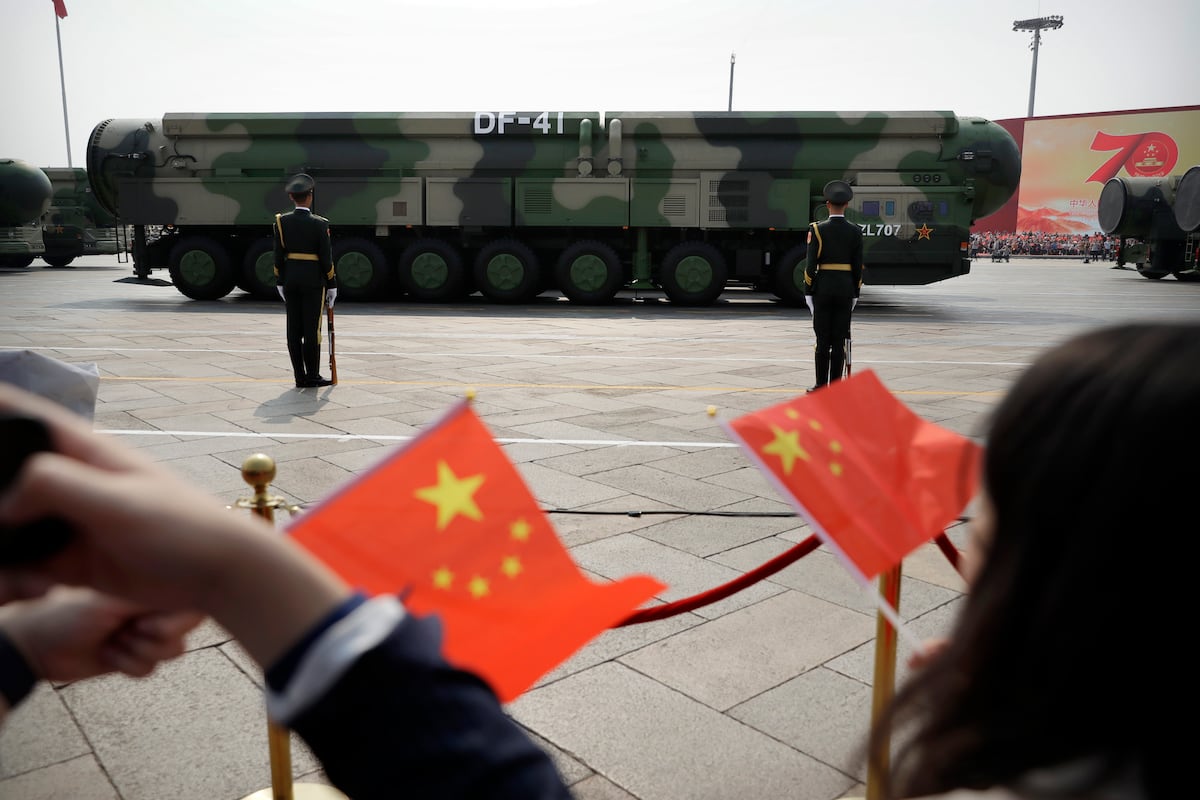Inefficiencies in U.S. Army Equipment Management: An Analysis of Recent Audit Findings
The recent audit conducted by the Department of Defense Inspector General (DOD IG) unveiled significant shortcomings in the management of equipment stockpiles intended for U.S. Central Command (CENTCOM). These deficiencies raise critical questions regarding logistical protocols and contractor oversight within the Army.
Overview of Force Provider Modules
Force Provider modules serve as essential prepositioned resources, often referred to as “tent cities.” These modules consist of 24 to 32 shipping containers equipped with necessary materials for establishing temporary housing, kitchen, and sanitation facilities. Deployed at strategic locations worldwide, including within the CENTCOM area of responsibility, these units are vital for rapid military readiness.
However, the audit reveals that U.S. Army officials have failed to adequately maintain these systems.
Key Findings from the DOD IG Audit
The DOD IG’s investigation pointed to a series of management failures, particularly within the Army’s Integrated Logistics Support Center at the Tank-Automotive and Armaments Command (TACOM ILSC). The report highlighted several areas requiring immediate attention:
-
Inadequate Maintenance Practices: The Army’s management of Force Provider module maintenance—termed Care of Supplies in Storage (COSIS)—was found lacking. The condition of equipment deteriorated due to insufficient oversight and lack of training for contractors responsible for upkeep.
-
Contractual Oversight Issues: Beginning in 2016, the Army awarded a $23.8 million contract for the maintenance of these units. However, the transfer of maintenance responsibility in 2020 did not incorporate defined maintenance protocols until April 2024, leading to operational readiness challenges.
-
Reported Issues in the Field: Soldiers deployed in CENTCOM began reporting frequent issues with essential equipment, particularly in 2022. Instances included broken tents, non-functioning generators, and malfunctioning laundry and shower facilities. Such failures illustrate how logistical inadequacies can directly impact troop morale and operational readiness.
Failures in Accountability and Training
One critical aspect that contributed to these maintenance failures was the confusion created by overlapping equipment inspection requirements. During a June 2024 training event, TACOM ILSC provided vague instructions regarding the outdoor preservation of these storage units without clear guidelines to protect them from environmental exposure.
Moreover, the audit noted that contractor personnel were not sufficiently trained to handle the specialized storage and maintenance needs of the Force Provider modules. This oversight is particularly concerning since improper handling can compromise the integrity of equipment stored inside.
-
Inefficient Equipment Tracking: Different types of equipment carry varying maintenance requirements; however, the audit revealed a systemic failure in the separate accounting for these items under the Global Combat Support System-Army (GCSS-A). This led to inadequate visibility and accountability for crucial components such as generators and specialized maintenance vehicles.
-
Operational Implications: Lack of accurate equipment tracking can pose severe risks during crises, as evidenced during the COVID-19 pandemic when the Army required fully operational ventilators. Due to mismanagement, many ventilators were buried within medical kits and consequently lacked proper accounting and visibility.
Recommendations for Improvement
The audit outlines specific recommendations for TACOM ILSC to rectify these shortcomings:
-
Revise Maintenance Plans: Update the 2011 Force Provider COSIS plan to incorporate detailed environmental storage requirements and clear maintenance intervals for equipment stored outdoors.
-
Enhanced Training Protocols: Establish stringent training protocols for contractors tasked with maintaining Force Provider modules to ensure they are well-equipped for the responsibilities at hand.
-
Improved Equipment Inventory Practices: Implement a refined approach to inventory management that accurately reflects the individual maintenance needs of equipment components, moving away from blanket accounting practices.
Conclusion: Moving Forward
The Army’s logistical framework plays a crucial role in maintaining operational effectiveness, especially in dynamic environments like CENTCOM. Addressing the inefficiencies highlighted by the DOD IG audit is essential not only for the readiness of deployed forces but also for the integrity of the Army’s strategic mission. As the military landscape continues to evolve, robust support systems must be established to safeguard the effectiveness of U.S. forces globally.





